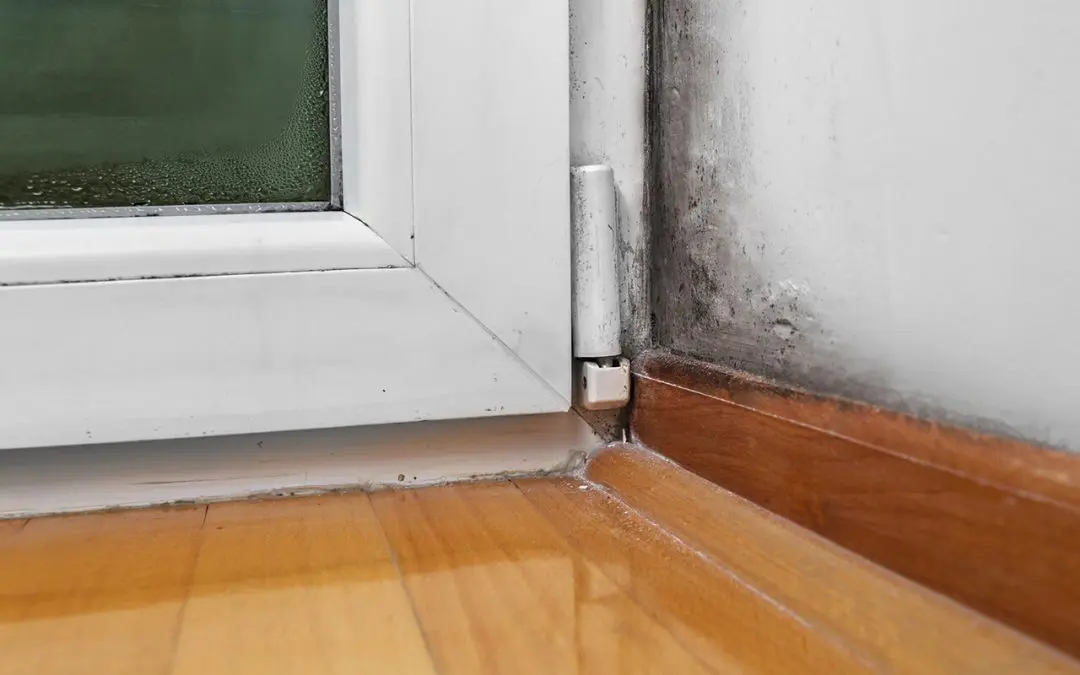Mold is more than just an unsightly nuisance in your home; it can pose significant health risks and damage your property. Understanding how to get rid of mold effectively is crucial for maintaining a healthy living environment. This comprehensive guide will walk you through the steps to identify and eliminate mold in your home.
Understand Mold Before You Get Rid of Mold
Mold is a type of fungus that thrives in damp, warm environments. It can grow on various surfaces, including wood, drywall, carpet, and food. Common types of mold include Aspergillus, Cladosporium, and Stachybotrys (black mold). Mold reproduces through tiny spores released into the air and spreads to other areas.
Health Risks Associated with Mold
Mold exposure can lead to various health problems, particularly for individuals with respiratory issues, allergies, or weakened immune systems. Symptoms of mold exposure include sneezing, coughing, skin irritation, watery or itchy eyes, nasal congestion, and respiratory issues such as asthma attacks.
Identifying Mold
You need to locate the mold before you can effectively get rid of it. Mold may be visible and have an odor. It typically appears as black, green, white, or gray spots on surfaces and often emits a musty smell. Common areas where mold grows include bathrooms (especially around the shower or tub), basements and crawl spaces, kitchens, windowsills, and attics.
Safety Precautions
Before you start cleaning mold, take necessary safety precautions. Wear protective gear, including gloves, a mask, and eye protection. Ensure the area is well-ventilated by opening windows and doors. Consider using an air purifier to help reduce airborne mold spores.
Cleaning Mold
To clean mold, gather supplies such as detergent or soap, water, a scrub brush or sponge, a bucket, and protective gear. For small mold infestations, mix detergent or soap with water in a bucket, scrub the moldy surface with the solution, rinse the area with clean water, and dry it thoroughly.
Natural Cleaning Solutions That Will Get Rid of Mold
White vinegar, hydrogen peroxide, and baking soda can be effective natural cleaning solutions. Spray undiluted white vinegar directly onto the moldy surface, let it sit for an hour, and then wipe it clean with water. Spray 3% hydrogen peroxide onto the mold, allow it to sit for 10 minutes, then scrub the area and wipe it clean. Another option is to mix one-quarter of a tablespoon of baking soda with water in a spray bottle, spray the solution onto the mold, scrub, and rinse with water.
Large Mold Infestations
For large infestations, it’s best to call in professionals with the expertise and equipment to safely remove mold and address the underlying moisture problem.
Preventing Mold Growth
Preventing mold growth is vital to keeping your home mold-free. Control indoor humidity using dehumidifiers and air conditioners to keep it below 60%. Ensure your home is well-ventilated by using exhaust fans in bathrooms and kitchens. Repair leaks in your roof, walls, or plumbing as soon as possible. Regularly clean and dry areas prone to moisture, such as bathrooms and basements. When renovating, consider using mold-resistant drywall and paint.
When to Seek Professional Help to Get Rid of Mold
If you notice extensive mold growth, structural damage, or persistent health issues, it’s time to call in professionals. Mold remediation specialists have the tools and expertise to thoroughly remove mold and prevent its recurrence.
Mold removal is essential for maintaining a healthy and safe living environment. By identifying mold early, using the right cleaning techniques, and taking preventative measures, you can effectively rid your home of mold and keep it from returning. Remember, safety first—always use protective gear and consider professional help for larger infestations.
FAQ About Mold in the Home
What are the health effects of long-term mold exposure?
Long-term mold exposure can lead to chronic respiratory issues, persistent coughing, throat irritation, skin rashes, chronic fatigue, and in severe cases, can exacerbate conditions like asthma and other lung diseases.
How does mold impact property value?
Mold can significantly impact property value by causing structural damage, reducing aesthetic appeal, and posing health risks. Homes with mold issues may require costly remediation, making them less attractive to potential buyers.
What is the difference between mold and mildew?
Mold and mildew are both fungi, but differ in appearance and growth patterns. Mold tends to be thicker and can appear black, green, or blue, while mildew is usually powdery and white or gray. Mold penetrates surfaces, whereas mildew typically grows on the surface.
Are there any government or health organization guidelines for mold removal?
Yes, organizations like the Environmental Protection Agency (EPA) and the Centers for Disease Control and Prevention (CDC) provide guidelines for mold removal. These guidelines include recommendations on safety, cleaning procedures, and moisture control to manage and prevent mold issues effectively.
Anderson Home Inspections offers inspections to homebuyers and sellers in Central Ohio. Contact us to schedule our services.

